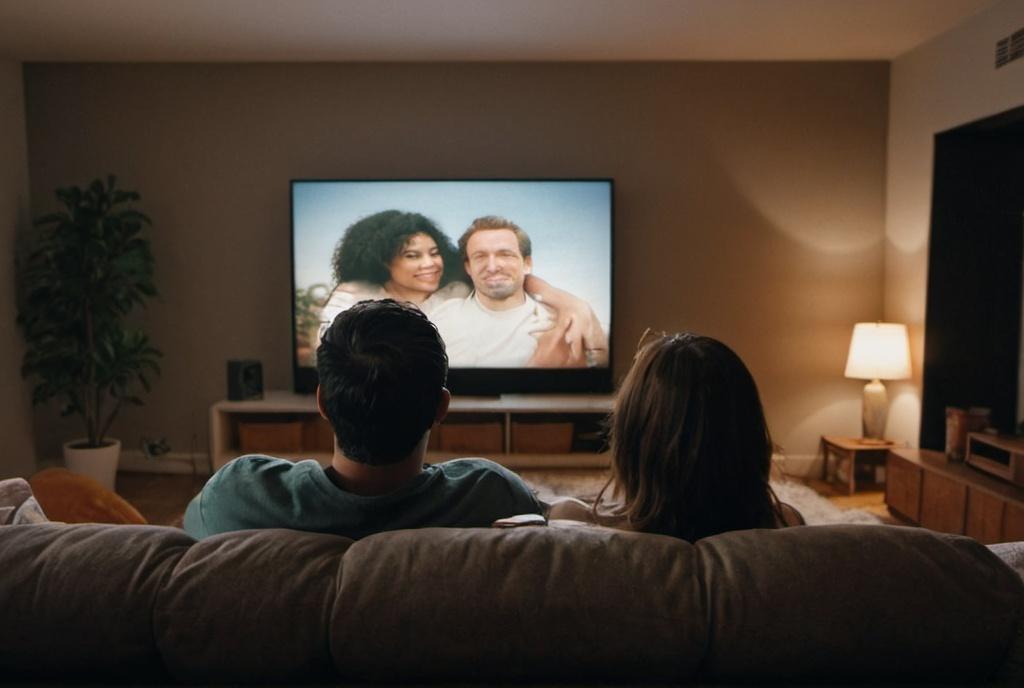
Key Take Aways About history of cinema
- Cinema began in the late 1800s with pioneers like Edison and the Lumière brothers.
- Silent films featured stars like Charlie Chaplin and popularized social outings at theaters.
- The introduction of sound with “The Jazz Singer” revolutionized cinema in 1927.
- The 1930s-40s, known as Hollywood’s Golden Age, saw the domination of the Big Five studios.
- Television’s rise challenged cinema, leading to innovations like widescreen formats.
- New Hollywood (1960s-70s) saw directors like Spielberg and Lucas redefine blockbusters.
- Modern cinema thrives on technology, globalization, streaming, and franchise storytelling.

The Early Years of Cinema
Cinema got its start in the late 1800s, and boy, has it come a long way since those flickering black and white images. Back then, folks were mesmerized by simple moving pictures—it’s kind of hard to imagine a time when that was mind-blowing, isn’t it? The major players in the game’s early innings were inventors like Thomas Edison and the Lumière brothers. They were the brains behind the first motion picture cameras and projectors. Edison’s Kinetoscope and the Lumières’ Cinématographe were early contraptions that set the ball rolling.
This was the era when you could plonk a nickel into a contraption and get a peek through a tiny peephole to see a horse galloping or a train chugging along. Simple pleasures, yet revolutionary for the time.
Silent Cinema: The First Blockbusters
The silent film era was a whole thing. They didn’t need words; they had action and title cards. Charlie Chaplin, Buster Keaton, and the likes pulled it off without uttering a single line. Their slapstick routines and heartwarming stories were universal, no translation required.
This period also brought with it the first movie stars who captured the imagination of audiences. The plots were uncomplicated, but the experience was new and exciting. Theaters became a common social outing spot, much like heading to a local bar to catch up on life.
The Transition to Sound
Then came the talking pictures. The Jazz Singer in 1927 opened the floodgates. Suddenly, audiences could hear actors speak, and boy, did it change everything. Studios scrambled to adapt to this newfangled technology, similar to how people now scramble to keep up with the latest iPhone upgrades.
The transition wasn’t all smooth sailing. Some silent film stars found it hard to make the jump to talking movies, their voices not quite matching their screen personas. But those who did make it became bigger stars than ever before.
Hollywood’s Golden Age
The 1930s and 40s saw Hollywood going all out, churning out hit after hit. This was the time when studios controlled everything, from casting to distribution—think of it like a giant company where everyone worked under one roof. The Big Five studios—MGM, Paramount, Warner Bros., 20th Century Fox, and RKO—were the big cheese, deciding what audiences would get to see.
Movies became glossier, with big productions, extravagant sets, and larger-than-life stars like Clark Gable, Katharine Hepburn, and Humphrey Bogart. This era also gave us genres that still roll off the tongue today—film noir, musicals, and westerns.
The Rise of Television
Just when Hollywood thought it had things under control, along came television. Suddenly, folks didn’t need to leave the house for entertainment. This was a seismic shift, like the move from CDs to Spotify. Studios panicked, fearing their audiences would vanish overnight.
To lure people back to theaters, they began introducing widescreen formats and color films. CinemaScope and VistaVision were part of the strategy, giving audiences an experience they couldn’t replicate at home.
New Hollywood and Blockbusters
The 1960s and 70s ushered in the New Hollywood era. Young directors like Spielberg, Coppola, and Lucas started pushing boundaries, crafting movies that resonated with the counterculture movement. Financial backing was a bit of a gamble, but the payoff was sweet. Jaws and Star Wars set records and expectations for what blockbusters could be.
This was also when studios realized the value of merchandising and ancillary markets. You weren’t just watching a film; you could take a piece of it home with you, whether it was a toy or a soundtrack.
Contemporary Cinema
Fast forward to today, and cinema is a sprawling industry, thanks to technology and globalization. Digital filmmaking has all but replaced celluloid, and streaming services have become a serious threat to traditional movie-going. It’s like that never-ending buffet where the choices are endless, and decision paralysis sets in.
The Marvel Cinematic Universe exemplifies modern franchise filmmaking, where interconnected stories keep audiences coming back. Meanwhile, indie films and documentaries are thriving on platforms like Netflix and Amazon, reaching audiences worldwide without the need for theatrical release.
The history of cinema is a tale as old as time—or at least the last century or so. It reflects society, changes with the times, and pulls us back in no matter how many times we’ve been before. Now, who’d like some popcorn?



